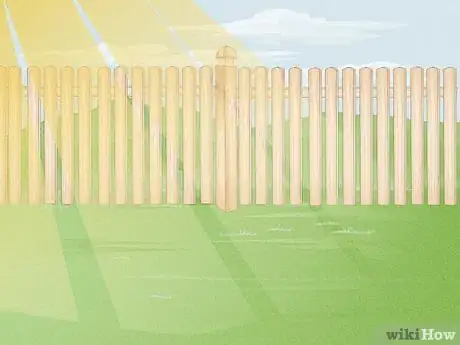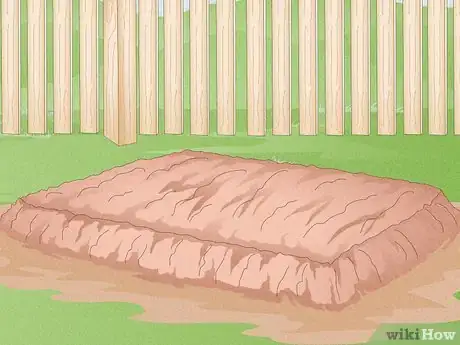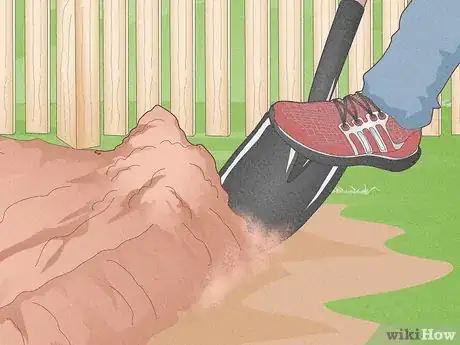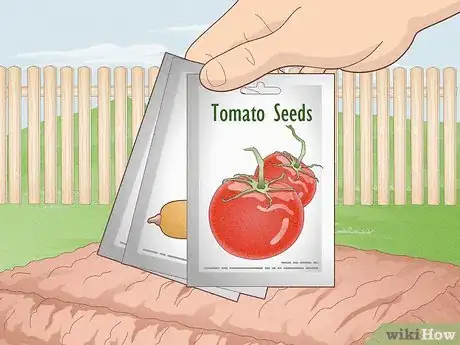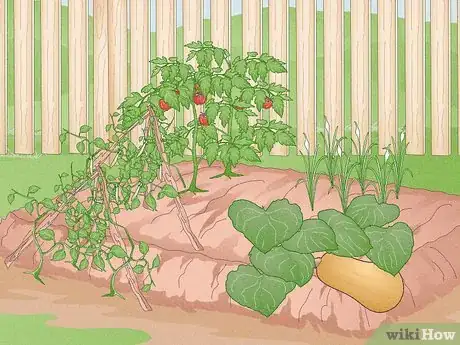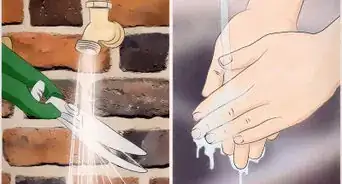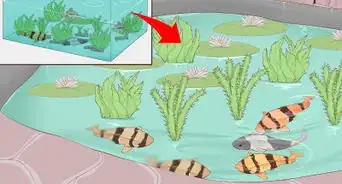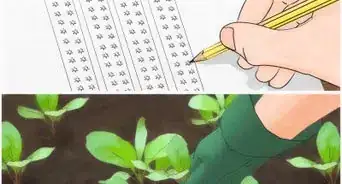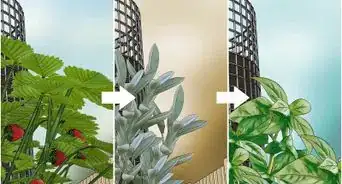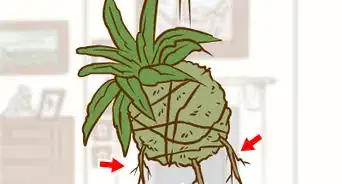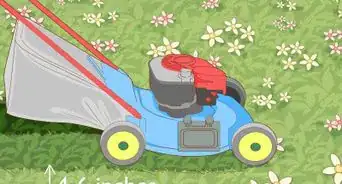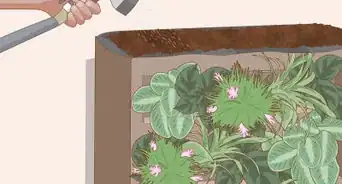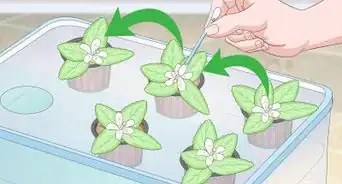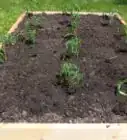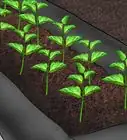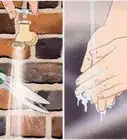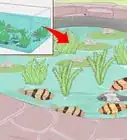X
wikiHow is a “wiki,” similar to Wikipedia, which means that many of our articles are co-written by multiple authors. To create this article, volunteer authors worked to edit and improve it over time.
This article has been viewed 41,130 times.
Learn more...
A kitchen garden contains plants that are grown to be eaten. Kitchen vegetable gardens can range from simple potted plants to raised-bed gardens and can also be part of larger, multipurpose gardens. They are usually near the house for quick and easy access to fresh vegetables for cooking. The following guide will help you develop a kitchen garden.
Steps
-
1Decide on the location.
- A kitchen garden should be in a sunny spot with a water source nearby and easy to access.
- A protected area, such as one near the house or near a fence, will help to keep animals and pests from the garden while attracting pollinating insects such as bees.
-
2Determine the type and size of your garden.
- This will be influenced by the location.
- Kitchen gardens can be small or large and can be in containers, a raised bed or in the ground.
- Raised garden beds are an easy way to start your garden, since they are smaller and do not involve tilling. Raised beds can be made from cut wood or purchased as a kit from your local home improvement or garden store. Soil is added to the bed and should be replenished as needed.
Advertisement -
3Prepare the area.
- Kitchen gardens should have rich, fertile soil that is well drained.
- Use a shovel or spade to turn over the dirt in the area. If necessary, till the area and break up large clumps of dirt to allow for better drainage. Remove weeds, including their roots, to prevent them from returning.
- Amend the soil as necessary by adding compost or topsoil. Use a hand till to mix the dirt. If you're using a raised box or containers, the soil should be replaced or replenished to maximize the nutrients available for the plants.
-
4Pick the type of plants and flowers you want to have in your garden.
- Take your climate and the growing season in your area into consideration when choosing vegetables.
- Include plants that you plan to use in your cooking. Kitchen garden ideas include tomatoes, snap peas, peppers, cucumbers, lettuce and herbs.
- Buy seeds online or find seeds or seedlings at your local nursery.
- Combine flowers and vegetables for healthy partnerships and an aesthetically pleasing look. This is known as a “potager” style garden. This kind of companion planting can be beneficial for your harvest. Certain types of flowers can attract the pests that would otherwise harm the vegetables.
- Perennial fruit trees and flowers can be used as border plants and will return each year.
-
5Plan the arrangement of your plants and hardscape elements.
- Consider the mature height and spread required for the different plants. Remember to leave room to access your plants for harvesting.
- Decide which plants may need a trellis and find the right spot for it.
- Determine how you will use plants and hardscape edging to define your garden space and design any pathways for your kitchen garden.
-
6Plant your vegetables and flowers.
- Water your plants before planting to loosen the root balls.
- Pay attention to plant spacing and timing, which will vary by plant. Plant the vegetables or flowers by digging holes with a plant spade that are wider than the root ball and just as deep. Fill dirt back into the hole around the plants and pat the soil down. Add mulch to protect the plants and keep moisture in.
- Water the new plants immediately. Continue watering regularly, but do not over water.
-
7Harvest your kitchen garden as the vegetables mature.
- Harvest times will vary depending on the vegetables, the timing of plantings and your location. If you include a variety of plants, you can enjoy fresh vegetables and flowers from your garden throughout the growing season.
Advertisement
Community Q&A
-
QuestionWhat kind of fertilizers should we use?
 MarkloiuslejanoCommunity AnswerVegetable and fruit scraps for a cleaner environment in your kitchen.
MarkloiuslejanoCommunity AnswerVegetable and fruit scraps for a cleaner environment in your kitchen.
Advertisement
Things You'll Need
- Shovel or spade
- Hand till
- Compost
- topsoil
- Garden hand spade
- Vegetable seedlings or seeds
- Mulch
- Raised garden box (optional)
- Containers or pots (optional)
References
About This Article
Advertisement
